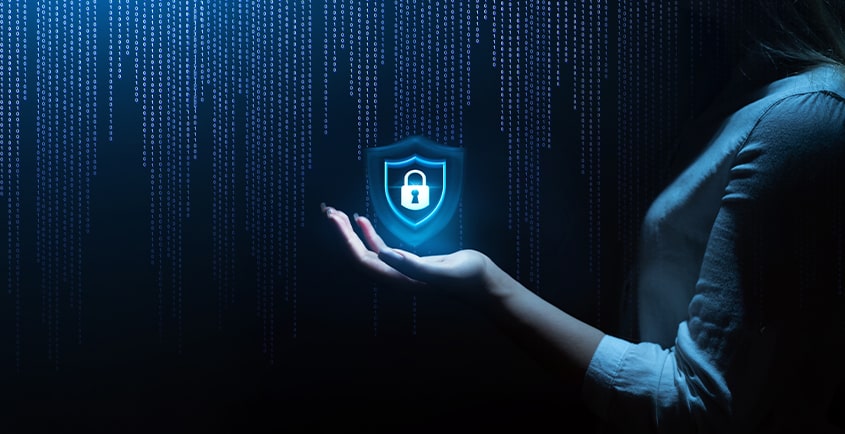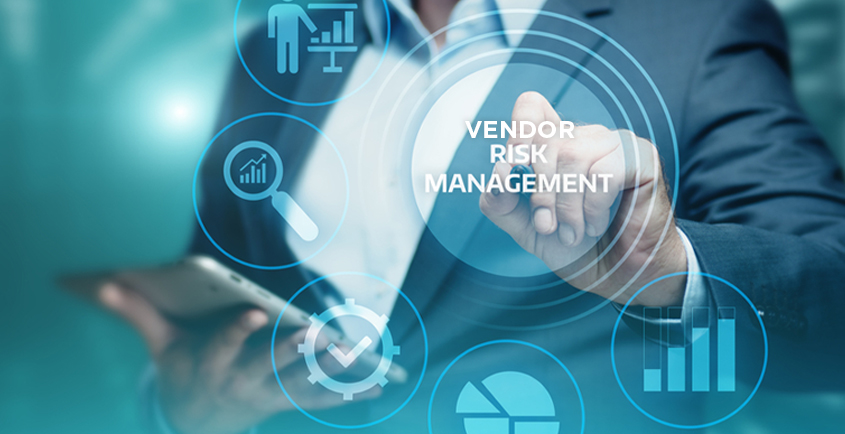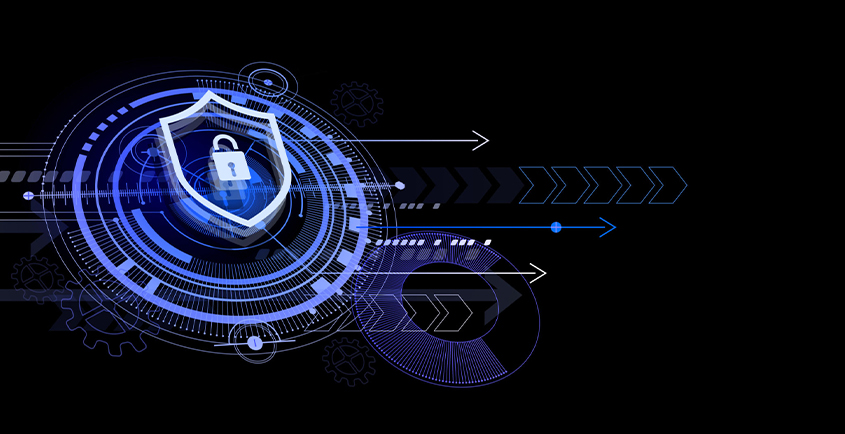Over the last few months, the ongoing conflicts between nations may have stirred up peoples’ concerns about the outbreak of another world war. World War III may have already begun unfolding in cyber warfare across cyberspace.
The advancement of the internet and modern technologies is a double-edged sword. In the current digital era, the internet has become an inseparable part of societies and human lives as a new communication space. As we become more connected with cyberspace and more dependent on digital technologies, we face greater exposure to cyber risk and the need for cyber security consulting goes without a question.
Cybersecurity threats such as malware, phishing, hacking, data leakage, and identity fraud are not rare cases; however, many people and businesses tend to handle cybersecurity threats passively rather than taking proactive and preventive steps.
News Corp., the world’s largest news agency that owns the Wall Street Journal and the New York Post, has encountered significant data breach incidents since February 2020, with a lot of confidential and sensitive information accessed by anonymous third parties. In March, a U.S. software company HubSpot, with 135,000+ cryptocurrency customers across more than 120 countries, was targeted by cyber attackers an employee’s account was compromised, and customer data was exfiltrated.
According to a February report, at least 25% of companies fell victim to cyber-attacks in Canada last year. The cost of cybercrimes reached $2.7 billion in 2020, based on the FBI’s Internet Crime Report. It reached around USD 6.9 billion in 2021.
The data breach events in Q1 represented twice the increase over the same time in 2021 and is another indicator that data compromises will continue to rise in 2022 after setting an all-time high in 2021. While system & Human Errors represent 8% of the Q1 2022 data compromises, 154 out of 367 data breach notices did not include the cause of the breach, making “unknown” the largest attack vector in Q1 2022. The Federal Government has released a mandate urging companies across the nation to bolster their cybersecurity practices, preventing potential cyber threats.
Apart from data loss, cybercrimes cause a financial drain on company assets. If it were measured as a country, then cyberattacks were predicted to inflict damages totaling $6 trillion USD globally in 2021. The 2022 predictions say that the number of DDoS attacks (attacks disrupting online services or systems) is expected to reach 14.5 million.
Notably, as per the estimates, the cost will rise to $ 10.5 trillion by 2025 globally.
Cyber-attacks are a growing threat to small and medium-sized businesses in the private sector. Small-medium-sized companies become attractive targets as their system and information can be breached quickly, providing lucrative incentives to cyber criminals. They tend to be more vulnerable since many companies lack a safer security infrastructure or a comprehensive cyber strategy. This is where SVAM’s professional cybersecurity services can come into play.
SVAM International is an experienced cybersecurity service provider with more than 30 years of cybersecurity and risk management expertise. With keen insights into existing, and potential cyber risk and its trends, SVAM has helped businesses in the private sector take effective and efficient moves in handling cyber threats, minimizing loss, and strengthening cybersecurity infrastructures. To avert cyberattacks and reinforce cybersecurity, SVAM urges companies to raise their awareness of potential cyber risks and take preventive measures accordingly.
Crucial Things Private Sectors Can Do to Stay Cyber-safer
For the companies unaware or the ones who are vaguely aware of how to be cyber-safe, cybersecurity consulting services are the need of the hour. Here are a few things that you can do to keep your company and employees safe in the absence of cybersecurity software.
1. Incorporate Multi-Factor Authentication (MFA)
Multi-factor Authentication (MFA) adds an extra layer of security by requiring users to implement and provide multiple forms of identification. Incorporating MFA into business operations can deliver a stronger authentication for accessing data, apps, and systems while still keeping things simple for users.
2. Install reliable Antivirus Programs, Firewalls, VPNs
The proliferation of malware has resulted in more significant cyber threats among businesses worldwide. As a malware attack is a widespread cyberattack, installing a reliable and effective antivirus program is an essential step of cybersecurity reinforcement. Based on the concrete needs of the business, sometimes, patching firewalls and VPNs is also a crucial move. Firewalls can prevent malicious attacks from entering users’ systems based on users’ settings, while VPNs can better protect private data and sensitive data like locations.
3. Establish Access Controls based on the least privilege principle
Access control is a security technique that establishes access hierarchy and regulates access control to critical resources within the organization. A data breach is one of the major concerns and may lead to irreversible loss once it happens; having an access-control list with correct permissions set up is critical for businesses to reduce the impact of a breach. You can set it up with the help of cyber security consulting services from SVAM.
4. Encrypt Sensitive Data and Back-Up Business Data Regularly
Data encryption enhances the security of private information, communication, and correspondence by transforming original information into something more challenging to decipher using specific algorithms. In the worst-case scenario, encrypted data will be challenging to decrypt without having the correct keys if the information breach has occurred.
Regularly back up critical and transactional to the cloud or a reliable external hard drive/data storage. If the company system gets compromised or data gets contaminated, having safe backups may reduce the potential loss of the business.
5. Conduct Awareness Education and Training against Phishing, Fraud, etc.
To establish a safer cybersecurity infrastructure across the company with the help of cybersecurity consulting services. It is also essential to boost employees’ cybersecurity awareness through conducting awareness education and related training courses. Regularly training employees to identify identity/account fraud and phishing activities can help mitigate cyber risks in each employee’s work activities and reduce the overall risks in business operations.
How SVAM Can Protect You Further?
Cybersecurity consultants at SVAM can provide businesses with in-depth cyber risk assessment, comprehensive cyber risk quantification, proactive cyber strategy, and customized cybersecurity solutions. The tailor-fit solutions designed by SVAM can capture and relieve cyber security pain points of your business based on your risk profiles and assessment accordingly. By adopting the latest technologies from artificial intelligence and data science, SVAM Cybersecurity is also proficient with cyber risk quantification and risk modeling. With concrete data, visualizations, and predictions, SVAM enables businesses to take proactive and preventive steps, reducing the likelihood of cyber-attacks and exposure to cyber risk fundamentally and sustainably.
Safeguard Your Business with SVAM Today
SVAM Cybersecurity is dedicated to safeguarding more businesses across industries, managing cybersecurity risk, providing effective cybersecurity mitigation solutions, and reinforcing the overall cybersecurity infrastructure. Below are some featured services that SVAM Cybersecurity proficiently provides –
Cyber Risk Advisory
SVAM Cyber Risk Advisory includes designing and implementing a proper cybersecurity program that complies with leading cybersecurity standards and regulations and performs penetration testing, vulnerability scans, technical reviews, etc. A customized remediation roadmap will be designed and implemented based on a comprehensive identification and assessment process, just for you.
Cyber As A Service (CAAS)
With industry experts and skilled resources, SVAM Cyber As A Service (CSSA) focuses on reducing the complexity of reinforcing cybersecurity infrastructure at affordable subscription rates. Without going through complicated steps, you can start safeguarding your business by relying on professional cybersecurity practices from SVAM CSSA.
Will the evolution of the Internet of Things (IoT) result in greater cybersecurity threats? What should the business do to mitigate cybersecurity risks in remote working mode? You can consult a cybersecurity expert at SVAM to know more about how you can embark on securing your perimeter and protecting your crown jewels applications. SVAM also keeps close track of the latest cybersecurity trends and broadens service scopes accordingly.
Visit the SVAM international website to learn more about cybersecurity services. SVAM Cybersecurity is delighted to start safeguarding your business from now on!





